
What is ELT, and how is it different from ETL? (with examples)
Your data operations begin with data integration, bringing data from multiple sources together in a centralized location. For most organizations with a cloud-based Modern Data Stack, this means ELT, or the extraction, loading, and transformation of data into the data warehouse. In these setups, the data warehouse serves as the central repository and single source of truth for company data.
ELT is an important step in the cycle of company data. It’s how data points are sourced, consolidated, and rendered uniform so they can then be used for various data activation purposes. Keep reading to learn everything you need to know about ELT, how it’s different from ETL, and where it fits into the rest of your data operations.
What is ELT (Extract, Load, Transform)?
ELT stands for Extract, Load, Transform. It’s the practice through which you bring raw data together in your warehouse and clean it up to make it usable. Now, let’s get a bit more technical and break it down step by step…
- Extract: In this first step of the process, your data is copied from its source, whether that’s a SaaS tool, production database, or some other system that generates data. The data may be ingested as a complete set, or select data points might be ingested based on preset specifications.
- Load: Next up, your data is loaded directly into the target destination. Think of the extraction as the ‘copy’ stage, the load as the ‘paste’ stage, where an identical duplicate of your data is created. Usually, this will be your data warehouse like Snowflake, BigQuery, or one of the other major data warehouses out there.
- Transform: Finally, your data is transformed. Your warehouse will sort, clean, and unify your data from various sources so it all fits into the same norms. While your data is made uniform, part or all of its original configuration will remain available should you need it for in-depth analysis, reporting, or other uses.
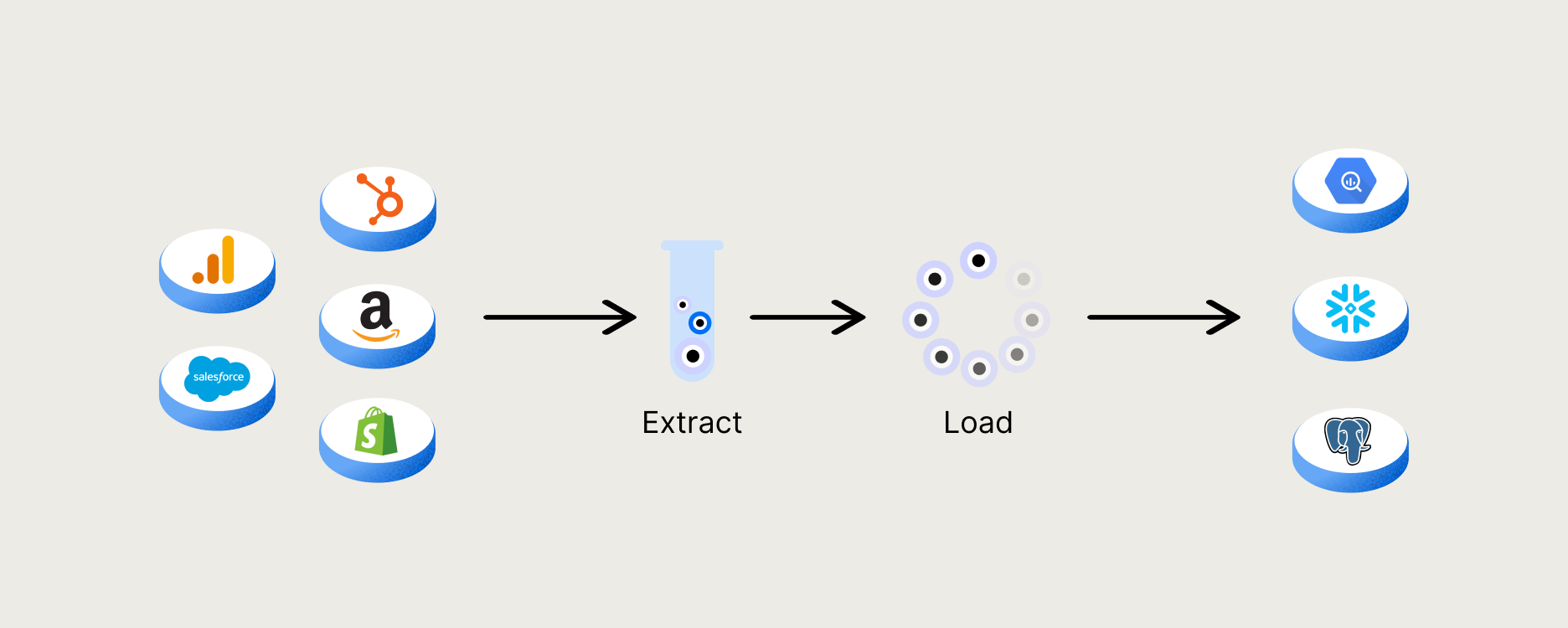
ELT vs. ETL: What's the difference?
As you might have guessed, the letters in the acronyms ELT and ETL stand for the same words. ETL stands for Extract, Transform, and Load, and this is another data integration method used for making data uniform, usable, and centralized. ETL has been around longer than ELT, and ELT has risen in popularity with the popularity of cloud data warehousing solutions.
The key difference between the two methods is their order. With ELT, data is loaded into the warehouse, and then transformed. But with ETL, data is copied to a staging area or server where it’s transformed before being loaded into your data warehouse.
Pros and cons of ETL
- Pros: A tried-and-true integration method that’s been around for decades, ETL means less data storage is needed in the data warehouse, database, or data lake. So for limited storage capacities, it can be beneficial. Additionally, you can build data security into your ETL process by ensuring your transformation protocols account for any encryption or masking is needed for the data regulations your organization needs or wants to meet.
- Cons: One of the downsides of ETL is that it’s far more time consuming than ELT. Between setting up your transformation process, ongoing maintenance, and the waiting period while your data is transformed and prepared for loading, it can make accessing your data a lengthy (and costly) process. Using ETL also means you won’t be able to access your raw data in your warehouse. This makes ETL a less flexible option because it limits what you can do with the data in your warehouse.
Pros and cons of ELT
- Pros: Some of the benefits of ELT are its flexibility, scalability, and the amount of time you’ll need to invest. There are a number of reasons why so many data teams have moved to an ELT approach. Because you don’t need to predefine your transformations, you end up with a lot more opportunities for how you can use your data. Plus, because it’s a more automated process, it’s a much faster integration method and in turn, can scale with your data operations.
- Cons: It’s important to keep data security in mind with an ELT approach. You’ll need to put safeguards in place and make sure they’re fully functional and maintained so you can keep your customer data safe at all times. But keep in mind, modern ELT software and tooling has data protection built in — so this can be a helpful solution to both make your process more efficient and ensure your data security is up to code.

Looking for an ELT solution? Weld has dozens of pre-built ELT pipelines to connect all your most-used apps directly to your data warehouse. Don’t have a data warehouse yet? Get a managed BigQuery warehouse for free when you sign up. Give it a try.
When to use ELT, and when to use ETL: examples
We’ve laid out the differences between ETL and ELT, and some of the advantages and disadvantages of each method. Here are some clearer example use cases of when to use each data integration method, to help you figure out what makes the most sense in your context.
When to use ETL
You would need to opt for an ETL approach if you’re working with an on-site data warehouse in a legacy data infrastructure. Otherwise, if you have a small quantity of structured data that needs to undergo a complex transformation, ETL might be the way to go. But keep in mind that your transformation setup will need to account for as many data sources and data formats you’re working with. This time and effort adds up quickly and is difficult to scale.
Finally, ETL might be a beneficial approach if you need to manipulate data before storing it — for example, removing personal identifiers like name, age, gender, or location. However, this type of data manipulation can also be done with an ELT approach once the data has been centralized in your data warehouse.
When to use ELT
If you have vast quantities of structured, unstructured, semi-structured, or raw data that you want to centralize and unify in a cloud-based data warehouse, ELT is the best option for you. This is the case for most modern workplace contexts, as companies today tend to have tens or even hundreds of software tools and apps that collect massive amounts of customer data.
You’ll also want to use ELT if you’re interested in maintaining access to your raw historical data, because it will remain stored in your data warehouse with this approach. For organizations today with multiple data sources and data formats, it’s important to keep this level of flexibility as your goals, projects, and priorities change.
How ELT fits into your data analytics operations
Data integration is an essential piece of the data operations puzzle…but it’s also important to keep the bigger picture in mind. Once you’ve gotten your data into your warehouse, how are you going to derive insights from it and turn those insights into action for the business? There are a few key tasks you’re likely to perform once you’ve extracted, loaded, and transformed your data.
You can start to build your data models to structure your data into reports, dashboards, and visualizations. Your models will also be the basis upon which you can start sending data points back out to the tools your teams use in their day-to-day through reverse-ETL pipelines. These are all ways you can activate your data and bring it into how work gets done at your company. Data activation is the missing link in many organizations’ data operations, but it’s also the key to becoming truly data-driven.
The importance of proper data tooling
To make all of this happen, you need the right tools and software to perform your core tasks as a Data Analyst. You’ve probably heard of the Modern Data Stack, which consists of several niche software all intricately patched together into a bigger machine. These traditional Modern Data Stacks can take months or even years to build. Not only that, they tend to require a great deal of upkeep and maintenance to keep them running. In short, the Modern Data Stack isn’t what you think.
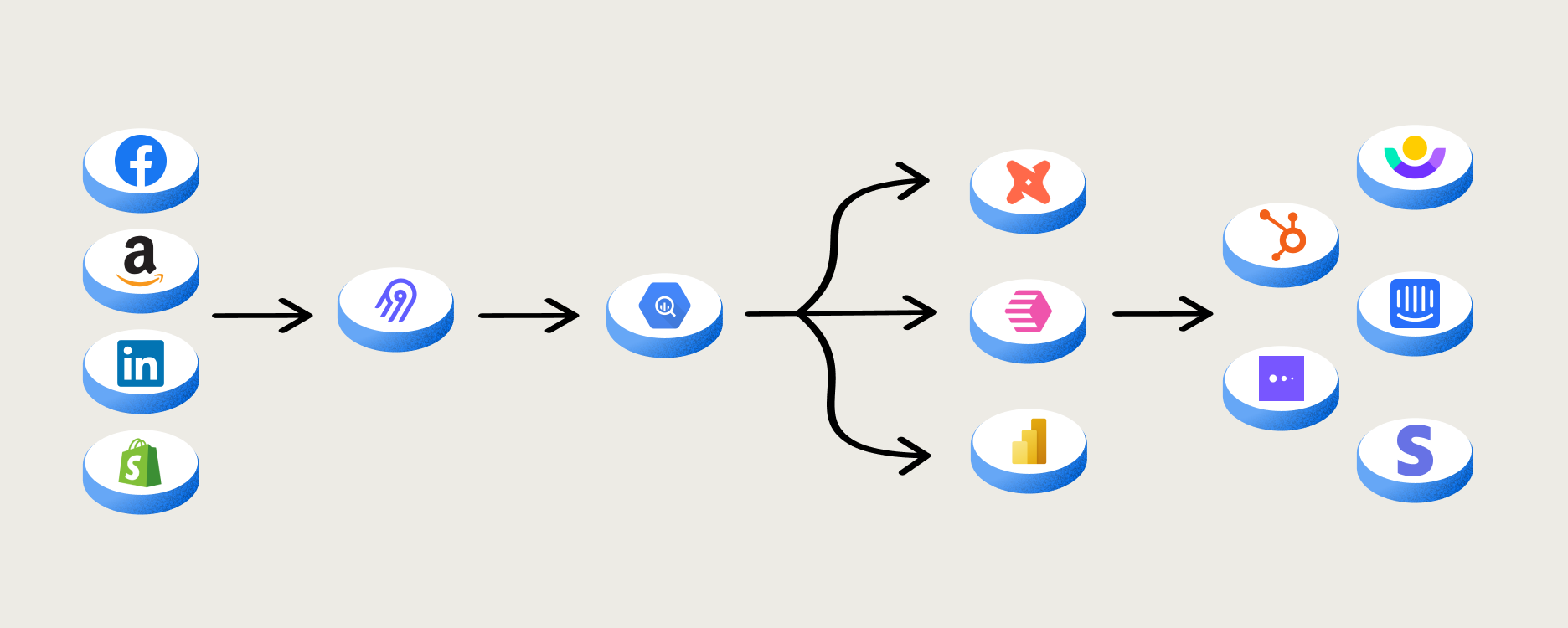
The good news is that data tooling is moving in the direction of bundled platforms that bring your core data operations together in one place. Weld is a data operations platform built for Data Analysts, by Data Analysts. With Weld, you can manage and run your ELT, data modelling, lineage, reverse-ETL, observability, and orchestration in one powerful platform.
.png)
Curious to see how Weld can make your data operations more efficient? Sign up free today or book a call with one of our specialists.
Continue reading
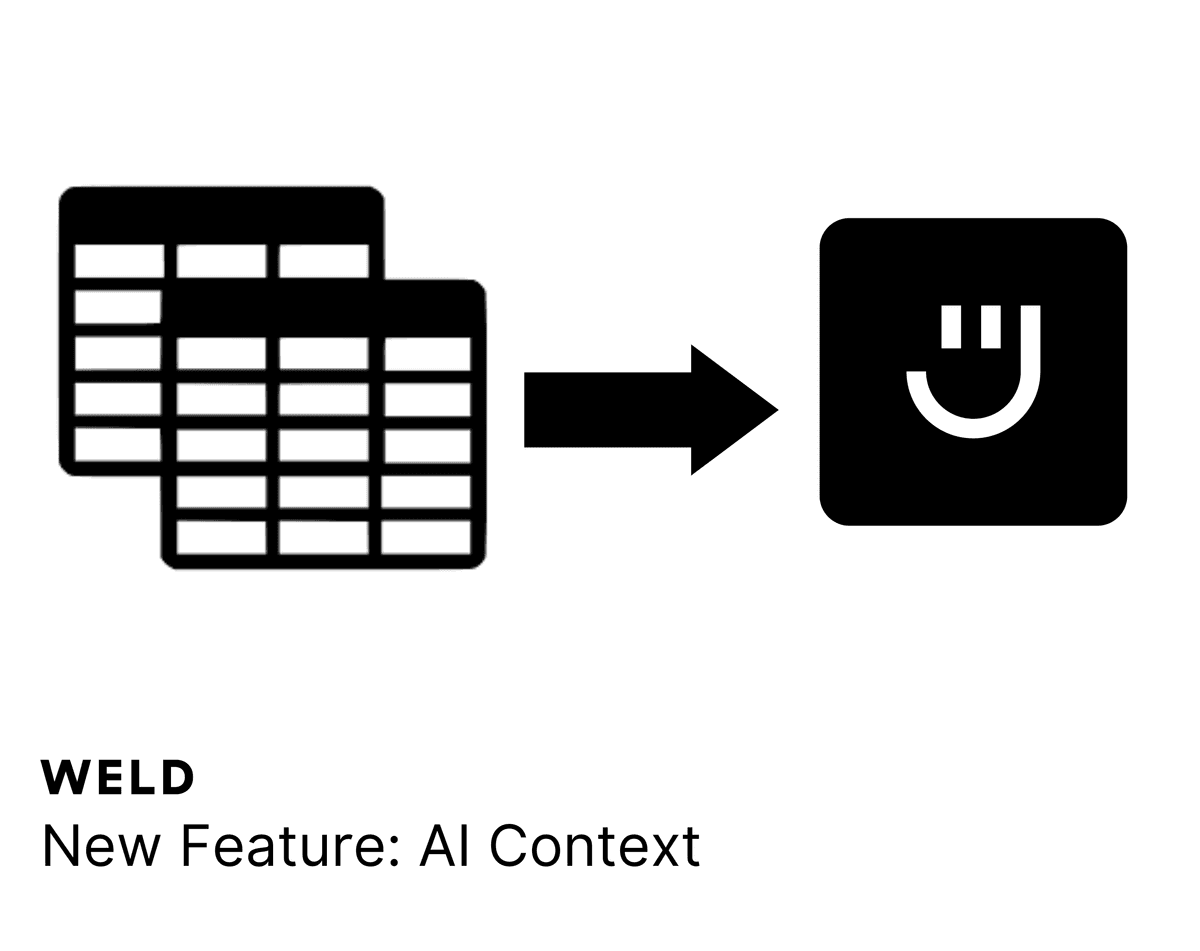
New Feature - AI Context
Our AI assistant, Ed, now lets you include contexts for your prompt, beyond all the useful features it already had!
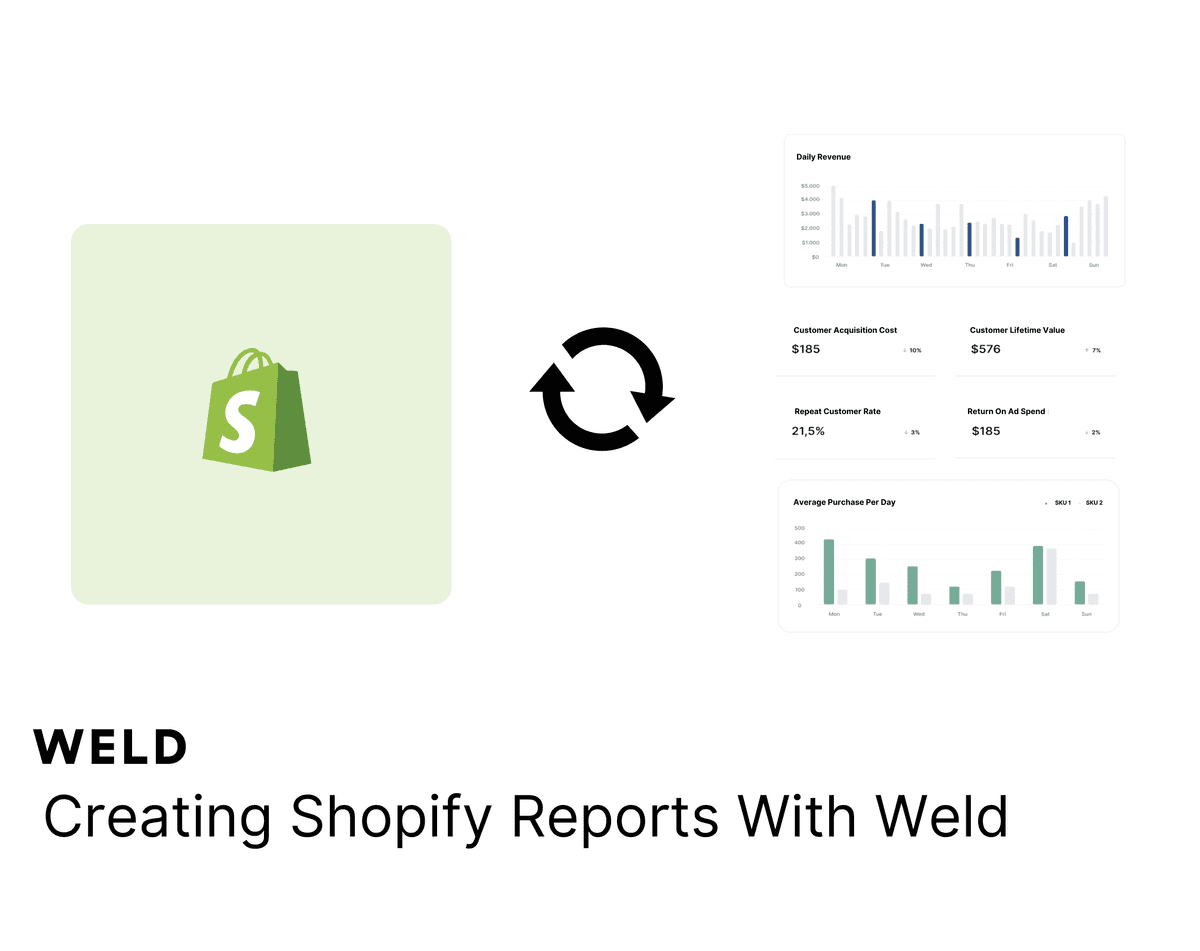
How to set up your Shopify metrics in Weld
Learn how to set up your Shopify metrics in Weld and get actionable insights from your data.
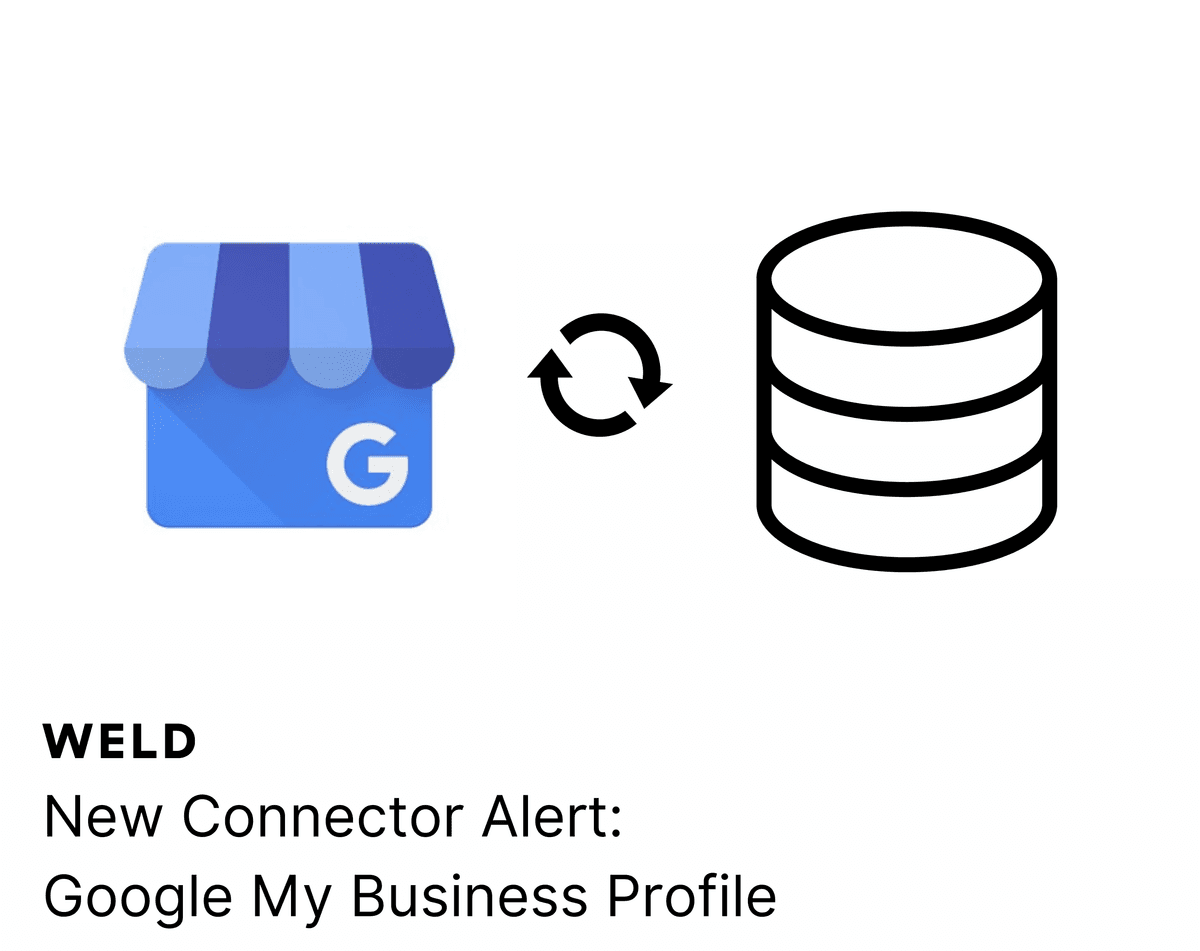
New Connector Alert - Google My Business Profile
Looking to optimize your Google My Business Profile reporting? With our new ETL connector, you can effortlessly integrate your Google My Business Profile data with all your other data sources. Create a comprehensive view of your business metrics, enhance your analytics, and make more informed decisions with ease!





